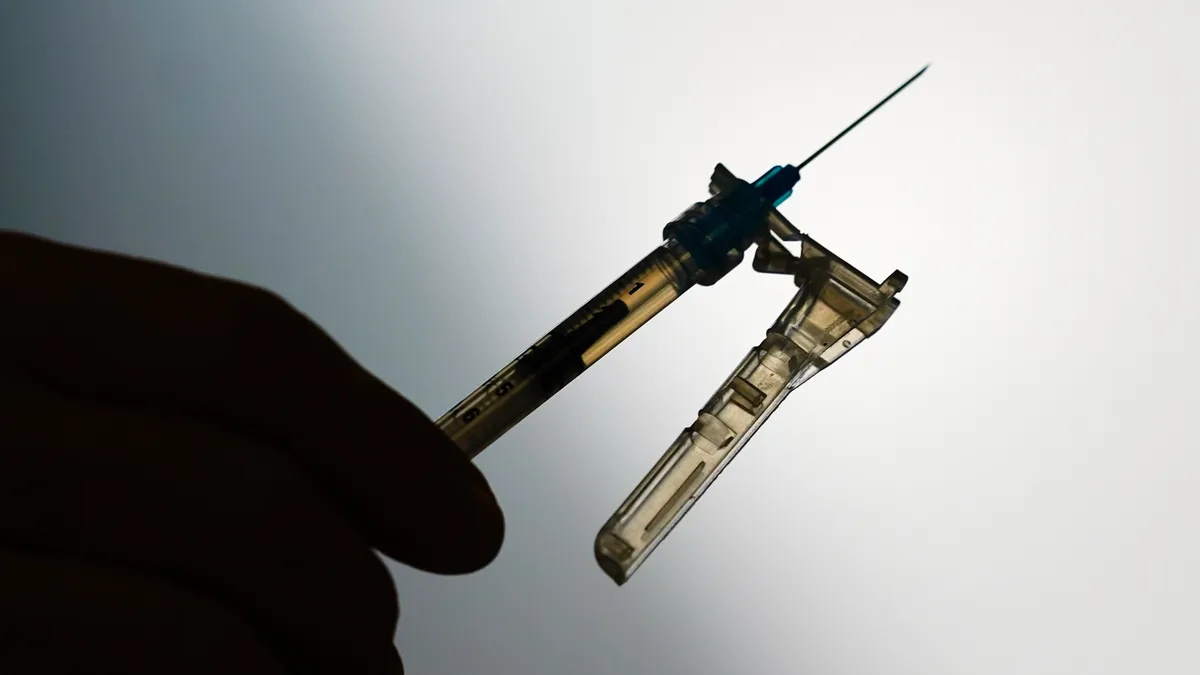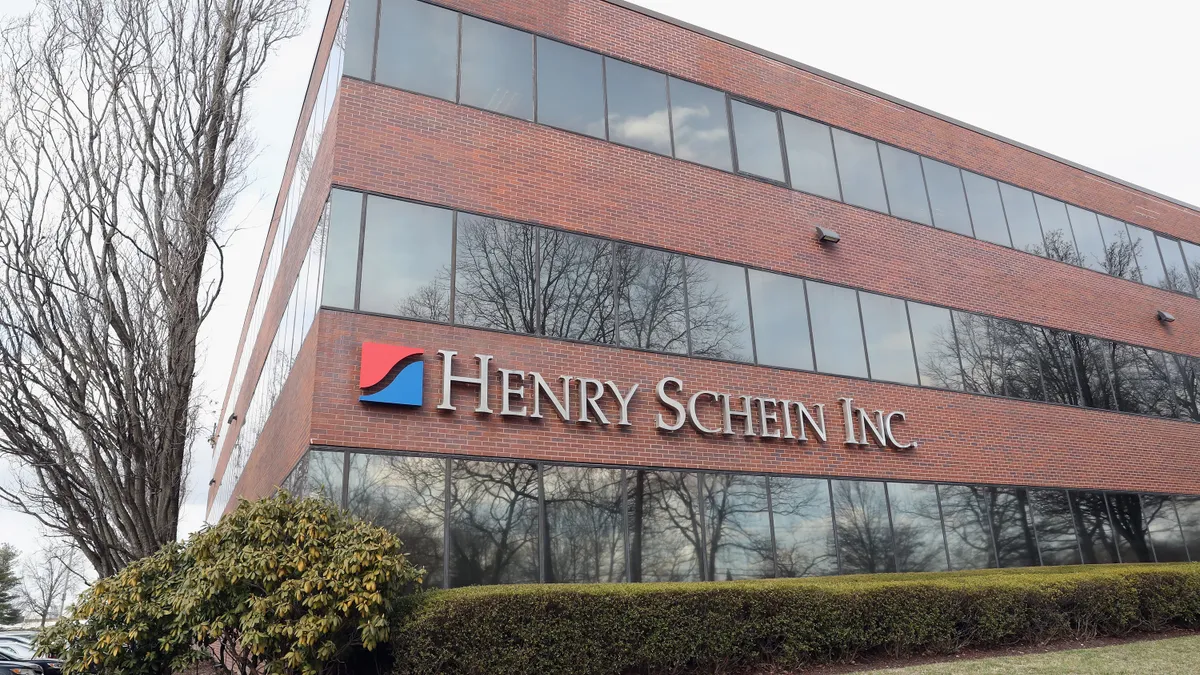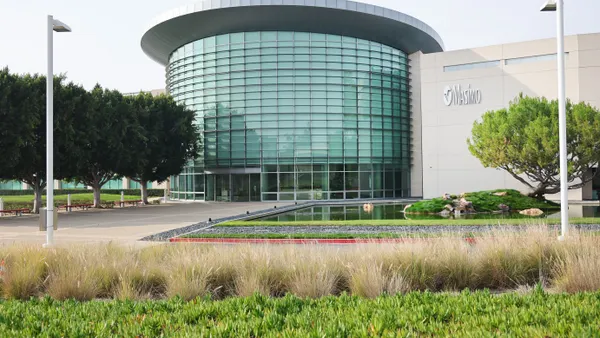Dive Brief:
- A prescription-only medical device designed to treat attention deficit hyperactivity disorder (ADHD) has been granted De Novo marketing authorization, FDA announced Friday.
- Los Angeles-based bioelectronics developer NeuroSigma created the Monarch external Trigeminal Nerve Stimulation (eTNS), which is indicated for use in certain ADHD patients ages 7 through 12 years old. The therapy, which involves administration of low-level electrical pulses to parts of the brain involved in regulating attention, emotion and behavior, can be facilitated by a caregiver at home while a child is sleeping.
- In a 62-patient clinical trial, subjects receiving treatment from the eTNS device experienced statistically significant improvement in ADHD symptoms at four weeks compared to a placebo group, and no adverse events were reported.
Dive Insight:
Pediatric device development is often held back because its significant costs are tied to inherently smaller, less lucrative end markets. But the prevalence of ADHD may be an exception.
A 2016 survey by the Centers for Disease Control and Prevention (CDC) found approximately 9.4% of American children ages 2 to 17 years old, a population of about 6.1 million, had ever been diagnosed with ADHD, a disorder characterized by presentation of academic or behavioral problems in children linked to symptoms like inattention, hyperactivity or impulsivity. Recommended interventions include behavioral therapy and medication-based treatment.
About 62% of diagnosed children were found to be taking medication for ADHD, representing about one out of every 20 U.S. children.
For children who do not respond well to ADHD medication or parents interested in a drug-free alternative to managing symptoms, NeuroSigma's therapy targets the trigeminal nerve, the largest and primary sensory cranial nerve.
While a child is sleeping, a caregiver can place a small, adhesive patch to a patient's forehead, connected via a wire to a cell phone-sized device that administers low-level electrical stimulation, or therapeutic signals, to parts of the brain thought to be involved in ADHD, FDA said. The mechanism behind eTNS is not yet understood, the agency noted, but neuroimaging studies have shown the therapy increases activity in parts of the brain known to be involved in regulating attention, emotion and behavior.
A clinical trial enrolled 62 children with moderate to severe ADHD, who were then assigned to receive either eTNS therapy or a placebo device at home each night for four weeks. The trial tracked change by scoring patients using the ADHD Rating Scale, which measures severity and frequency of symptoms through questions about a patient's behavior and his or her difficulty paying attention, with higher scores indicating worsening symptoms.
The average score in patients receiving eTNS decreased from 34.1 points to 23.4 over the course of the four weeks, compared to a change from 33.7 to 27.5 in the control group. No adverse events were reported but FDA noted the device is not indicated for patients with an active implantable pacemaker or neurostimulators. Patients with body-worn devices such like insulin pumps also should not use the device.
Neurostimulation therapy administered through implantable vagus nerve stimulation devices or externally facilitated transcranial magnetic stimulation have been developed to treat depression, epilepsy and other conditions. NeuroSigma's website says the company's pipeline includes Monarch eTNS adaptations for post-traumatic stress disorder and traumatic brain injury.












